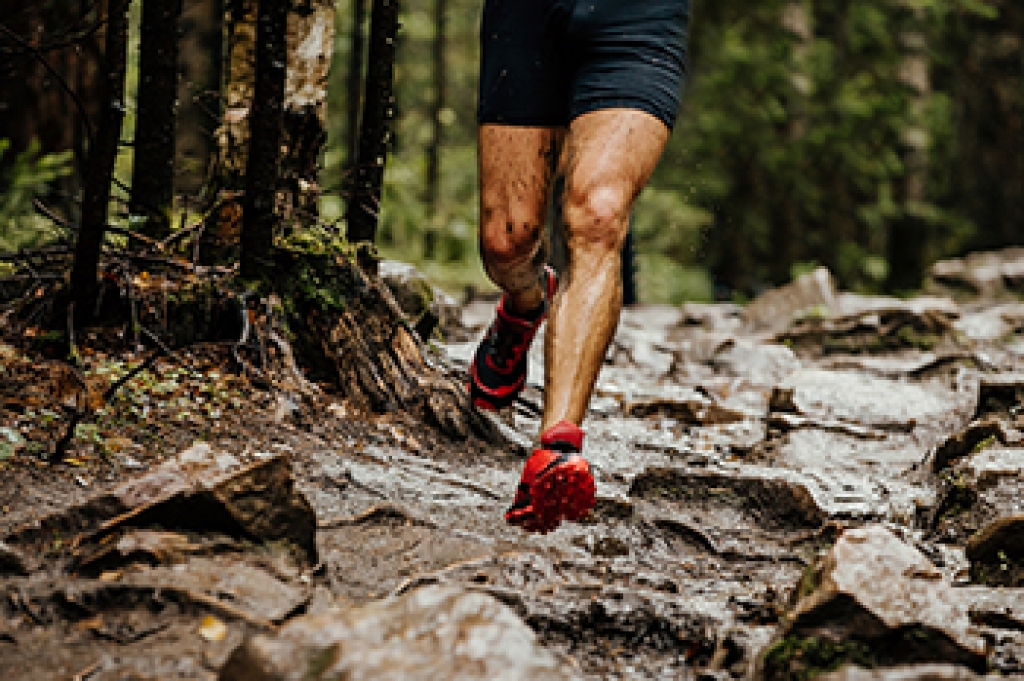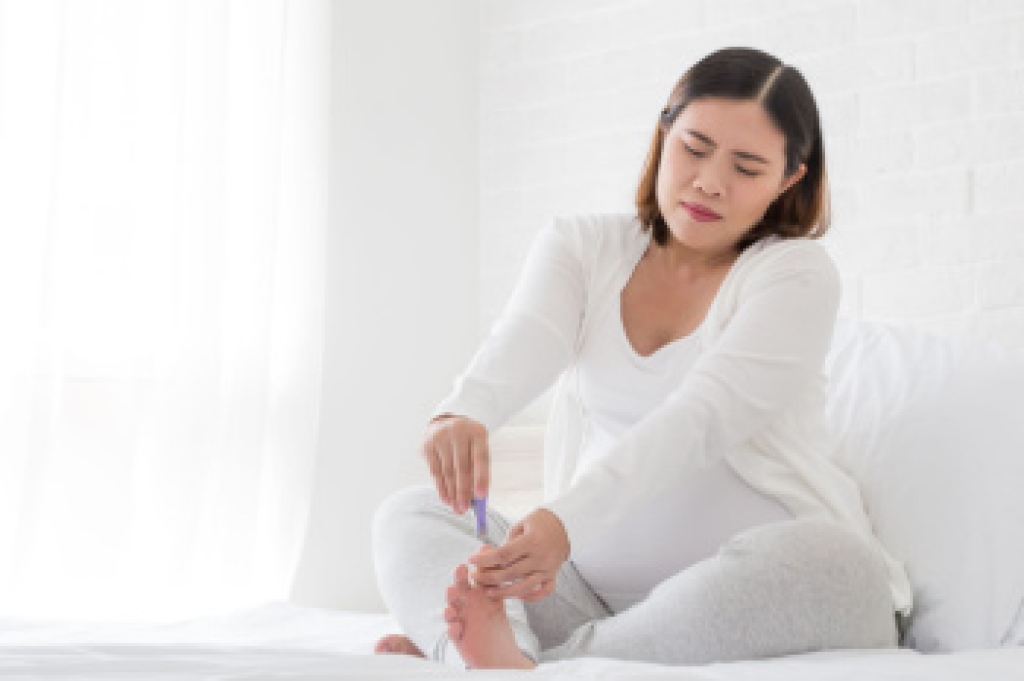 The medical condition that is known as Sever’s disease generally affects teenaged children. In active teenagers, tendons and muscles may pull on the growth plate in the heel, and this may cause severe pain and discomfort. Mild relief may be found when the activity that caused the ailment ceases and when specific stretches are frequently performed. In severe cases, it may be beneficial to use an elastic wrap on the affected foot, and this may help to reduce existing swelling. If you notice your child is limping, it is strongly recommended that you confer with a podiatrist who can properly diagnose and treat Sever’s disease.
The medical condition that is known as Sever’s disease generally affects teenaged children. In active teenagers, tendons and muscles may pull on the growth plate in the heel, and this may cause severe pain and discomfort. Mild relief may be found when the activity that caused the ailment ceases and when specific stretches are frequently performed. In severe cases, it may be beneficial to use an elastic wrap on the affected foot, and this may help to reduce existing swelling. If you notice your child is limping, it is strongly recommended that you confer with a podiatrist who can properly diagnose and treat Sever’s disease.
Sever's disease often occurs in children and teens. If your child is experiencing foot or ankle pain, see one of our podiatrists from David A. Scalzo, DPM, PC and Associates. Our doctors can treat your child’s foot and ankle needs.
Sever’s Disease
Sever’s disease is also known as calcaneal apophysitis, which is a medical condition that causes heel pain I none or both feet. The disease is known to affect children between the ages of 8 and 14.
Sever’s disease occurs when part of the child’s heel known as the growth plate (calcaneal epiphysis) is attached to the Achilles tendon. This area can suffer injury when the muscles and tendons of the growing foot do not keep pace with bone growth. Therefore, the constant pain which one experiences at the back of the heel will make the child unable to put any weight on the heel. The child is then forced to walk on their toes.
Symptoms
Acute pain – Pain associated with Sever’s disease is usually felt in the heel when the child engages in physical activity such as walking, jumping and or running.
Highly active – Children who are very active are among the most susceptible in experiencing Sever’s disease, because of the stress and tension placed on their feet.
If you have any questions, please feel free to contact our offices located in Duryea and Bangor, PA . We offer the newest diagnostic and treatment technologies for all your foot care needs.




